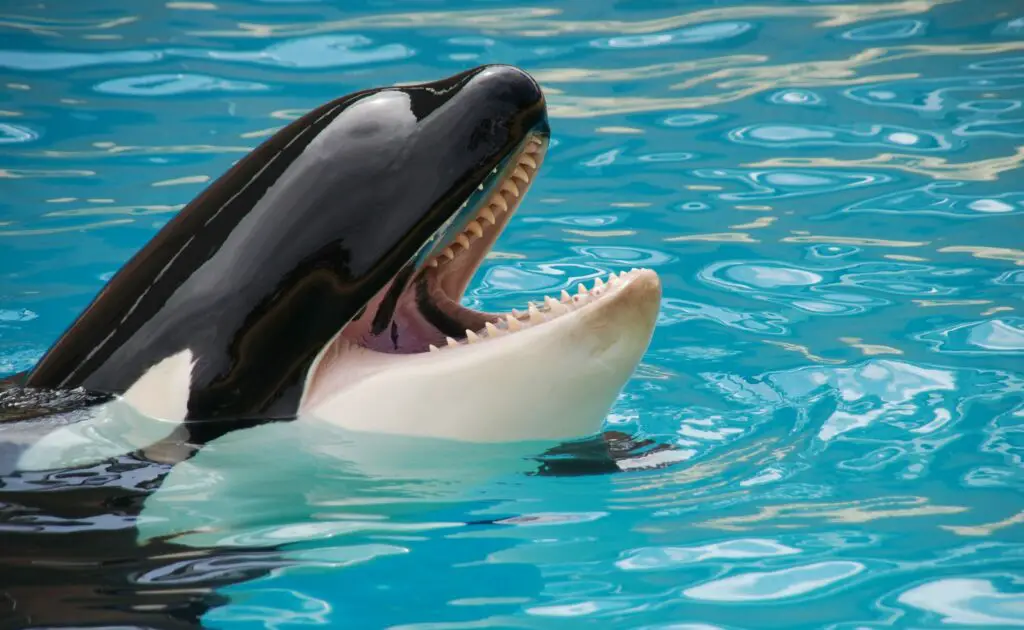The ocean is a vast, mysterious, and fascinating place, full of incredible creatures, from the tiniest plankton to the largest whales. Within this ecosystem, there are several predators, all with unique characteristics and hunting methods. However, when it comes to the top predator in the ocean, there is one creature that stands out above the rest: the killer whale.

Killer whales, also known as orcas, are the largest members of the dolphin family and are found in oceans all around the world. They have a distinctive black and white coloration, with a tall dorsal fin and a sleek, muscular body. Orcas are incredibly intelligent animals and are known for their complex social structures, communication skills, and hunting tactics.
In the wild, orcas are apex predators, meaning they sit at the top of the food chain and have no natural predators themselves. They are opportunistic hunters, and their diet varies depending on their location, prey availability, and cultural traditions. Some orcas specialize in hunting fish, while others target marine mammals such as seals, sea lions, and even other whales.
Orcas are known for their impressive hunting tactics, which often involve working as a team to catch their prey. One common hunting method is known as “carousel feeding,” where a pod of orcas will circle around a school of fish, creating a ring of bubbles that confuses and disorients their prey. They then use their powerful tails to slap the water and create a shockwave that forces the fish to the surface, where they can be easily caught and eaten.
Another hunting tactic used by orcas is known as “wave washing,” where they will swim up to the shoreline and create a wave that washes over a seal or sea lion, knocking it off its perch and into the water. The orcas will then work together to surround the animal and prevent it from escaping, ultimately killing it and sharing the spoils amongst the pod.
While orcas are formidable hunters, they are also highly intelligent and adaptable creatures. In some areas, they have been known to hunt sharks, which are typically seen as apex predators themselves. Orcas will target the liver of the shark, which is rich in oil and nutrients, and can weigh up to 25% of the shark’s total body weight. By removing the liver, the orcas effectively neutralize the shark’s predatory threat, as they are unable to swim or hunt effectively without it.
Despite their status as apex predators, orcas are not invincible. They face a number of threats from human activity, including pollution, habitat destruction, and overfishing of their prey species. In some areas, orcas have also been targeted by hunters for their meat, oil, and other body parts, which are used in traditional medicine.
Perhaps the most significant threat to orcas is the captivity industry, which has captured and trained these intelligent creatures for entertainment purposes. While captive orcas are often portrayed as happy and playful animals, the reality is far more bleak. Captive orcas are typically kept in small, concrete tanks that are a fraction of the size of their natural habitat, leading to a range of physical and psychological issues.
In conclusion, the killer whale, or orca, is the top predator in the ocean. Their size, intelligence, and adaptability make them formidable hunters, and their ability to work together as a team gives them a distinct advantage over their prey. However, as with all creatures, orcas face a range of threats from human activity, and it is essential that we take steps to protect these magnificent animals and ensure their survival for generations to come.